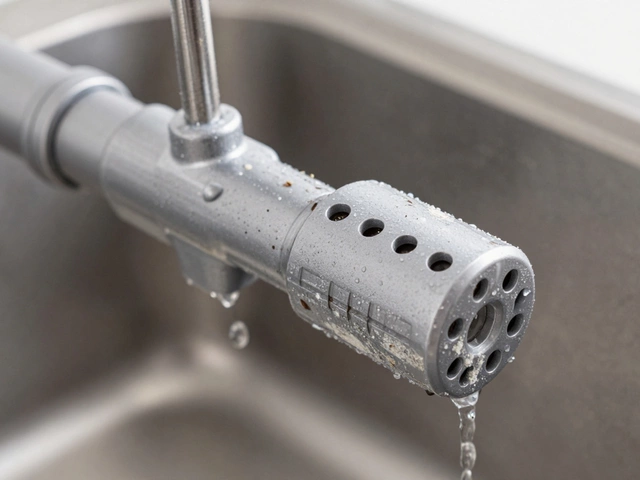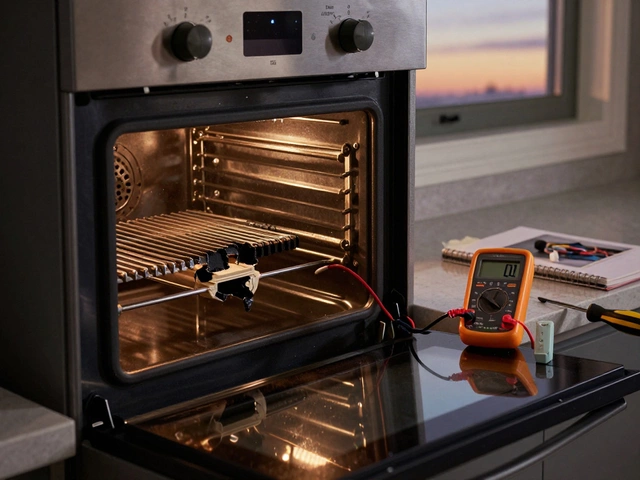Fan Problems – Common Issues and Fixes
When dealing with Fan Problems, issues that cause a fan to run noisy, stall, or stop working. Also known as fan faults, it affects everything from kitchen extractors to heating system blowers. A typical cause is a worn fan motor, the electric component that drives the fan blades that can overheat or seize. Another frequent culprit is an extractor fan, a ventilation device that removes steam, smoke, or odors from a space clogged with grease or dust, which leads to reduced airflow and loud operation. In heating systems, a failing boiler fan, the component that circulates air through the boiler for efficient combustion can cause uneven heating or trigger safety shut‑offs. Finally, the broader category of ventilation fan, any fan used to exchange indoor and outdoor air shares many of the same wear points, such as bearing wear and electrical connection issues. Understanding these entities helps you spot the root cause quickly. fan problems often stem from motor failure, airflow blockage, or wiring faults, and fixing them usually starts with a simple inspection.
How Different Fan Types Relate and What Fixes Work
Every fan type follows the same basic principle: a motor turns blades to move air. When the motor’s bearings wear out, the fan can become noisy or stop altogether – a clear semantic link: fan problems require motor replacement. For extractor fans above stovetops, grease buildup blocks the blades, reducing CFM (cubic feet per minute) and causing the motor to work harder. A quick clean‑out usually restores performance, showing that extractor fan maintenance prevents motor overload. Boiler fans, on the other hand, operate in a hotter environment; corrosion on the fan housing can impede rotation, which in turn reduces heating efficiency – an example of boiler fan performance influences overall system heat output. When dealing with ventilation fans in lofts or bathrooms, checking the ductwork for obstructions is key, because restricted airflow forces the motor to draw more current, potentially burning it out. Replacing a faulty fan motor solves many of these issues across all fan categories, underscoring the triple: motor replacement resolves fan problems. Regular lubrication, checking for loose wires, and confirming correct voltage all help prevent recurring faults. If you notice a humming sound without blade movement, that usually points to a seized motor, while rattling indicates loose mounting or debris.
Now that you know the main players – extractor fans, boiler fans, ventilation fans, and their motors – you can approach each issue with a clear plan. Look for the signs we mentioned, clean or replace parts as needed, and don’t ignore warning noises; they’re often the first clue that a deeper problem is brewing. In the list below you’ll find detailed guides on diagnosing noisy fans, swapping out motor units, tackling common extractor fan blockages, and understanding when a professional call‑out is the smartest move. Whether you’re a DIY‑enthusiast or just want to know what to expect from a repair technician, the articles ahead cover the full spectrum of fan problems and practical solutions.
Extractor fans are a must in bathrooms and kitchens, but when they stop working, things get uncomfortable fast. This article breaks down the typical reasons an extractor fan might quit, from dust buildup to electrical faults. You'll get straight-to-the-point troubleshooting tips. Discover which issues you can tackle yourself and when to call an expert. Keep your fan humming with some easy maintenance know-how.


